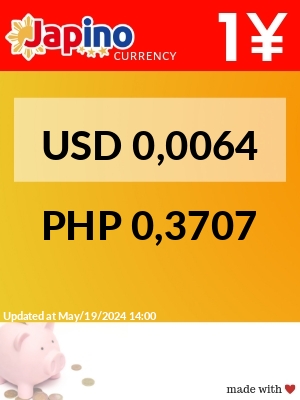Sa mga nakalipas na taon, ang Japanese Pension System ay sumailalim sa isang malawakang reporma sa public at occupational sector. Currently, the actual pension consists of a flat rate as prescribed by the National Pension System and other related schemes pertaining to this area of economic development.
According to Japanese laws, employees have the right and freedom to establish an Employees Pension Fund that can holistically operate and function as occupational pensions. But, it has substitute benefits which come from the so-called earnings emanating from public pensions that can provide additional benefits in the long run.
Kung ating susuriin ang konseptong ito, masasabi natin na ang mga mamamayan ng bansang ito ay malaki ang bahagi na ginagampanan sa salaping kanyang pinaghirapan.
Qualifications for Japanese Pensions
This is open to all Japanese residents whose age brackets are between 20 and 59 years old. Marami ang nagtatanong kung paano mag-eenroll sa economic system na ito. Ito ang mga dapat gawin:
If you are a student, self-employed, a person who helps in doing household chores and the like, all you need to do is to proceed to the Health Insurance and Pension Division of your local ward or branch office and follow the requisites that they will provide if there would be any. However, if you have already joined an Employees’ Welfare Insurance, there’s no need to worry because of your auto-enrollment advantage. This is often for regular employees including up to the executive level.
Payment Premiums
Meanwhile, the payment of premiums should utilize what’s called Payment Notice. This is mailed by the Social Insurance Agency or via bank transfer mode.
Kung ang isang would-be-pensioner ay babayaran ang kanyang mga premiums sa loob ng isang taon in advance, babawasan ang kanyang premium percentage para maging magaan ang pagbabayad.
But when you will receive your much awaited pension?
Ito ang ating tatalakayin sa susunod na issue ng artikulong ito.
Image credit: Chris Gladis/Flickr




















